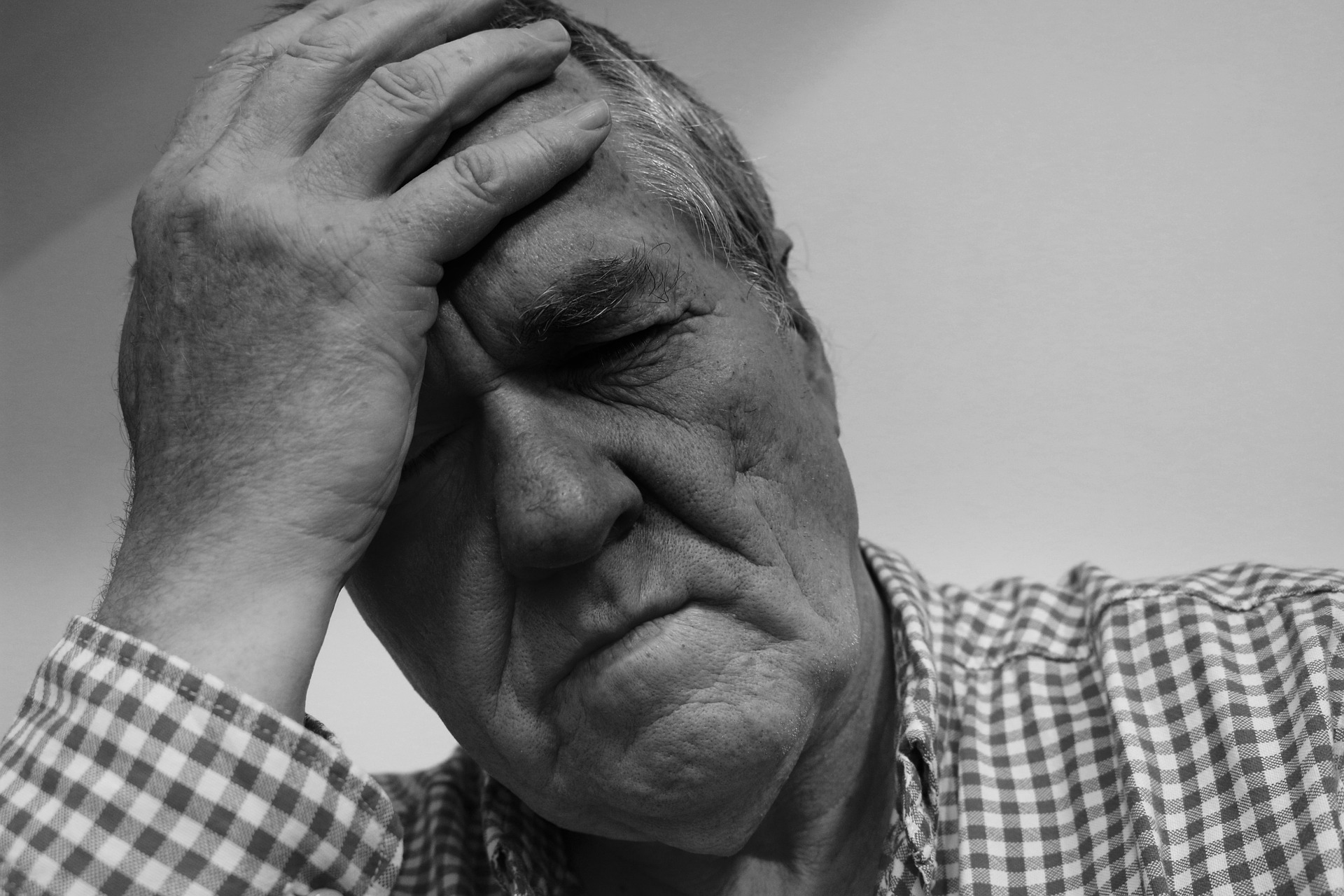A stroke takes place when a blood vessel ruptures or becomes blocked, depriving brain cells of oxygen and causing brain damage. When a region of the brain experiences a rapid loss of blood flow, those brain cells deprived of oxygen begin to die within moments. Because damage can occur so quickly, recognizing stroke symptoms is necessary in order to get help as soon as possible.
There are five kinds of stroke, according to the American Stroke Association. These include:
- Ischemic strokes (clots) represent 87 percent of all strokes and are caused by a blood vessel obstruction that cuts off blood supply to the brain.
- Hemorrhagic strokes (bleeds) are typically caused by uncontrolled high blood pressure, which results in weakened blood vessels that can rupture.
- TIA strokes (Transient Ischemic Attack)are temporary blockages of blood flow to the brain, often referred to as “mini-strokes.” The name is misleading, however, because these “mini-strokes” can actually lead to a massive event.
- Cryptogenic strokes is the basket term for situations when the cause of strokes cannot be determined.
- Brain Stem strokes can affect any of the basic activities of the central nervous system, including blood pressure, breathing and consciousness. More severe brain stem strokes can cause the locked-in syndrome, which results in the inability to speak or move below the neck.
The Stroke Symptoms You Need to Know
It is imperative for caregivers and loved ones to recognize the signs that a senior is experiencing a stroke.
- Facial numbness or drooping: The patient may exhibit a crooked smile, and experience cheeks or eyelid drooping or sagging parts of the face.
- Numbness and weakness in the extremities: An individual may have difficulty controlling one side of their body or another, and can manifest when there is an inability to hold arms over their head, a weak grip with one or both hands, or one leg that drags or shuffles when walking.
- Bouts of Confusion: An individual who is experiencing a stroke may suddenly act disoriented or confused, having trouble comprehending what other people are saying, or what is happening in the environment around them.
- Challenges with speech: An stroke victim’s speech may begin to slur during an event, or they may have difficulty with remebering certain words or putting cohernet thoughts to speech. They may be unable to find the right words to express thoughts or remember the names of people they should be familiar with (such as friends or family.)
Rapid, vision changes: An individual in the middle of a stroke event may experience blurred or double vision, or potential gaps in their field of sight, inability to recognize a person or object out of their peripheral vision. - Difficulty walking: A stroke can result in dizziness or sudden difficulty with coordination and balance, issues that become more obvious when a person tries to rise to a standing position or walk across the room.
- Severe and rapid-onset headache pain: Very intense and rapid onset headache pain is one of the most common warning signs of stroke. If your loved one does not typically experience headaches and suddenly is afflicted, get them to medical care.
- Nausea and vomiting: Feelings of nausea, vomiting and weakness with no discernible cause can be among common stroke symptoms.
Here is a quick synopsis of stroke symptoms that should encourage immediate action:
- Check the face for drooping muscles
- Raise arms above the head and notice any paralysis
- Attempt to speak and listen for slurring or confusion finding words
In order to help the medical team as much as possible, take note of the time that stroke symptoms began and call 911 immediately.
If you are seeking professional assisted living or memory care in Venice, call A Banyan Residence today.

